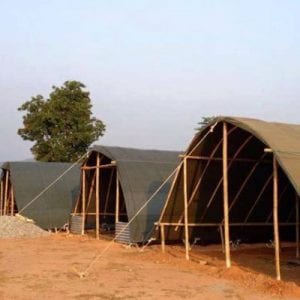
Agriculture
March 1, 2024
ABARI Transitional Shelter design was created by ABARI in response to the earthquake that affected Nepal in April of 2015. It is provided through a complete open-source guide that aims to promote Owner Driven Reconstruction (ODR), a participatory model that places homeowners at the center of the reconstruction process through decisions on designs, site selection, and materials. The building techniques are tailored to local environments and resilient to environmental hazards. The building of eighteen square meters uses local and salvaged materials and considers local knowledge and technology. The components required are bamboo or wood, CGI sheets, GI wire, nails, sand, and cement aggregate.
Market Suggested Retail Price
$350.00
Distributors / Implementing Organizations
This product aims to promote "Owner Driven Reconstruction". In Nepal it has been implemented by Abari in partnership with local governments and communities. It was also implemented in partnership with the humanitarian organization Actionaid.
Manufacturing/Building Method
This product has been mass produced in regions of Nepal affected by earthquakes in 2015. It has been implemented through partnerships with the local governments, communities, and with the support of humanitarian organizations such as Actionaid. The construction work is done by the inhabitants themselves.
Intellectural Property Type
Select Type
User Provision Model
Users can obtain the building guide online from ABARI and construct it using local material and workforce, since it employs a Owner Driven Reconstruction (ODR) provision model. Usually, the product is provided by local governements in partnership with humanitarian organizations.
Distributions to Date Status
The exact number is unknown, however ABARI estimates that more than 2,000 have been implemented in regions of Nepal since 2015.
Unique Design (Yes/No)
No
Intended number of occupants (#)
5 people
Duration of construction (days)
7 days
Footprint area (m²)
18 m²
Number of storeys
1
Material composition
Bamboo, wood, nails, CGI Sheets, GI Wires, stone, sand, cement
Flammable flash point temperature (ºC)
Unknown
Thermal insulating capacity (m²*K/W)
The insulation capacity of the shelter can vary since it depends on the material used for the walls and on the CGI (corrugated galvanized iron) roofing manufacturer. Usually, the thermal insulation capacity of CGI is 0.056 (m^2*K/W). However, the most important recommendation is not to use any metals on the south wall for best environmental comfort.
Maximum wind speed (km/h)
Unknown
Structural Occupancy Category
Unknown
Seismic Design Category
The bamboo and wood structures suggested has a medium seismic resistance due its flexibility.
Suitable Climates
Temperate, tropical, arid
Design Specifications
The shelter measures approximately 3.7 x 4.8 m ( ~ 18 m²) and requires mostly local and easily found materials to be built. The foundation is made of stones with cement aggregate. The structure is made of bamboo or wood and assembled with nails or GI wire. The roof is made of corrugated galvanized iron which is nailed to the structure. Wood, bamboo, dried grass or any other available material can be used to build the walls. Specifications advise not to use any metals in the south wall for best environmental comfort.
Technical Support
The building can be maintained by local labor with general construction experience.
Replacement Components
All components can be replaced using local materials.
Lifecycle
The transitional shelter has an expected lifetime of 2 years which is the necessary time to inhabitants built their owns permanent houses. The shelter can also be used for storage.
Manufacturer Specified Performance Parameters
Low-cost and fast implementation for disaster response.
Vetted Performance Status
None
Safety
Builders should wear appropriate protective equipment such as hardhats, gloves and safety glasses while working to protect against physical injury commonly associated with heavy construction.
Complementary Technical Systems
Electricity, sanitation and water complementary technical system are required.
Academic Research and References
Adhikary, N, 2016, Vernacular architecture in post-earthquake Nepal. International Journal of Environmental Studies, 2016.
Compliance with regulations
This design does not specifically comply with any international or country-specific regulations.
Other Information
Abari Report: Rebuilding Nepal with bamboo and earth

Agriculture
March 1, 2024
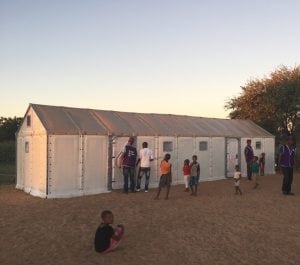
Agriculture
February 26, 2024
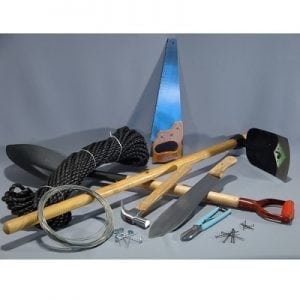
Agriculture
March 1, 2024
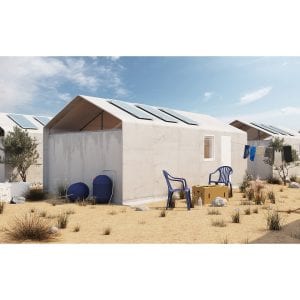
Agriculture
February 28, 2024
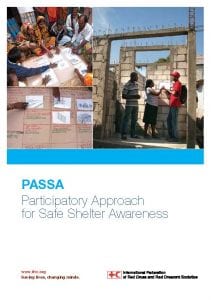
Agriculture
September 26, 2023
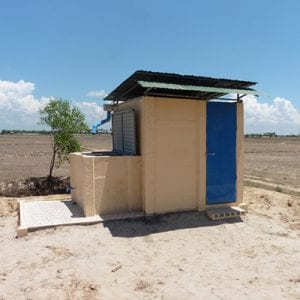
Agriculture
September 9, 2020
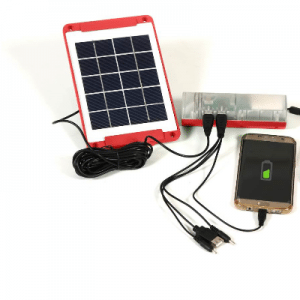
Agriculture
January 14, 2024
Implemented by
NRSRelief
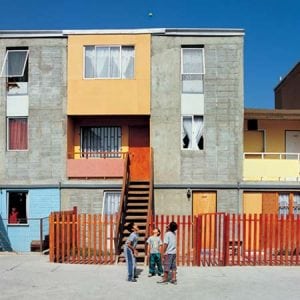
Agriculture
February 29, 2024
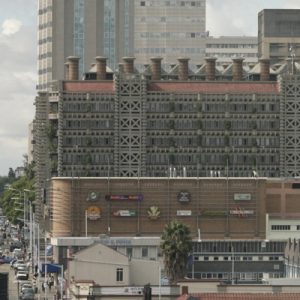
Agriculture
March 13, 2024
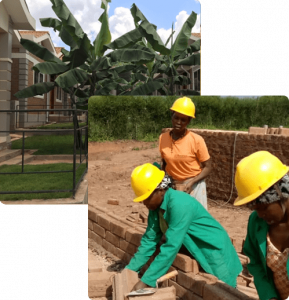
Agriculture
March 15, 2024
Have thoughts on how we can improve?
Give Us Feedback